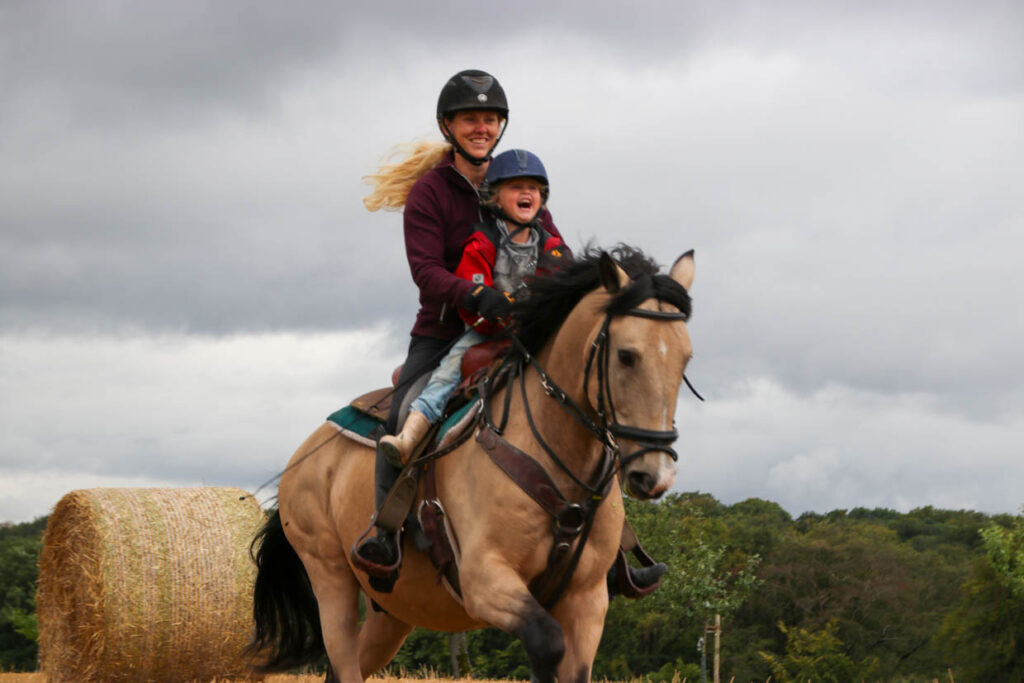- The movement of the horse stimulates the cerebellum which has been linked to both language and attention (Bass et al, 2009; Wolf et al, 2009).
- Close body contact stimulates the release of oxytocin which is linked to decreased levels of stress and anxiety. Both are essential to learning (Holt-Lunstad, 2008)
- Children with autism experience activation of the amygdala when forced to maintain eye contact (Kleinhans et al, 2010).
References
- Bass. M.M., Duchowny, C.A., & Llabre, M.M. (2009). The effect of therapeutic horseback riding on social functioning in children with autism. Journal of Autism and Developmental Disorders, 39, 1261-1267.
- Holt-Lunstad, J., Birmingham, W. A. , & Light, K.C. (2008). The Influence of a ‘Warm Touch’ Support Enhancement Intervention Among Married Couples on Ambulatory Blood Pressure, Oxytocin, Alpha Amylase and Cortisol. Psychosomatic Medicine, 70, 976–985.
- Kleinhans, N. M., Richards, T., Weaver, K., Johnson, L., Greenson, J., Dawson, G., & Aylward, E. (2010). Association between amygdala response to emotional faces and social anxiety in autism spectrum disorders. Neuropsychologia, 48(12), 3665-3670.
- Wolf, U., Rapoport, M.J., & Schweizer, T.A. (2009). Evaluating the affective component of the cerebellar cognitive affective syndrome. Journal of Neuropsychiatry and Clinical Neuroscience, 21 (3), 245–53.
![]()
